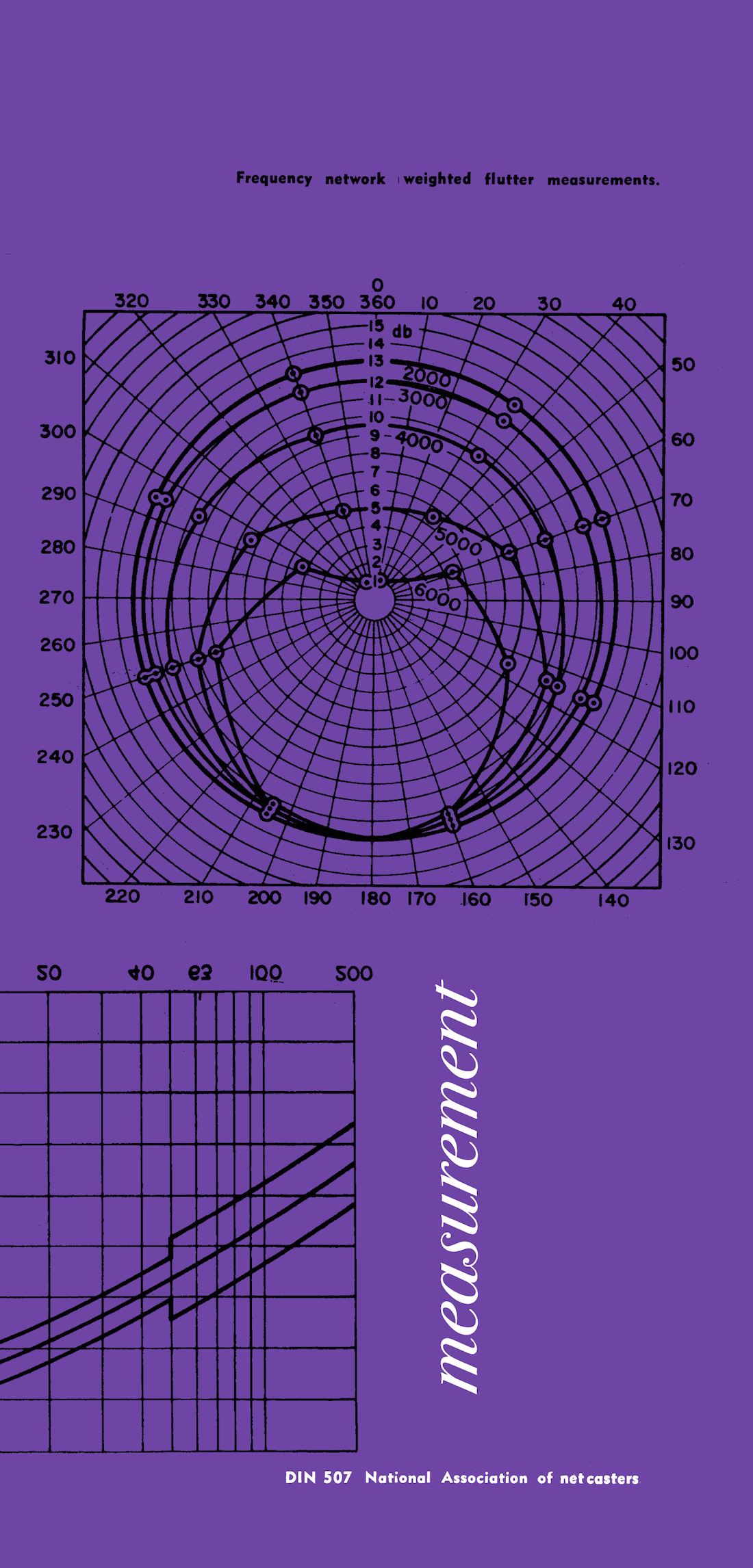The W2395c is Roger Schult's second foray into the world of 500-series equalizer modules. His first design, the W2377, was essentially a repackaging of his mastering EQ, but in an unsurprising turn of events, engineers came back asking for something with more attitude. The marketing copy describes the W2395c as "vintage," and while I wouldn't go quite so far as to call it a colorful EQ, it's significantly different than anything else I've used, and in my short time with it, I've found it to be extremely useful.
Even at first glance, it's clear that the W2395c is not quite the standard derivative console-style EQ we're all used to. The high and low bands have two switchable frequencies and slider pots instead of rotary knobs, which gives the unit a spacious layout with controls that are easy to manipulate (something that can be a significant problem with other 500-series modules I've used). These two bands are Baxandall tone circuits, like the shelving controls in the Dangerous Music BAX EQ [Tape Op #79] and the countless bass and treble knobs commonly found on consumer hi-fi gear. Peter Baxandall's EQ design (which dates back to the '50s - perhaps the reasoning behind the talk of "vintage") can be characterized as having wide, gently-sloping curves with minimal phase shift. The low band seems pretty standard with a 12 dB cut or boost at 80 or 110 Hz. The high band is switchable only between 2 and 5 kHz. The midrange band, however, is parametric, with a center frequency that's fully sweepable between 155 Hz and 3.5 kHz; a 10 dB cut or boost; and three switchable Q settings. The overall configuration of the W2395c gives a glimpse into the practicality of the design. As opposed to emulating typical console EQs that need to be able to do a hundred different jobs, the W2395c excels in controlling the midrange within the context of broad tonal shaping of bass and treble.
I first plugged in the modules when working with Los Angeles-based band Ansel. They've got a great '70s pop-rock vibe, and their arrangements always have a lot of space, so I knew I'd get a chance to feature the EQ a bit. I started by strapping one across the drum overhead, which was a Sony C-37A condenser. The Sony has a tendency to get a little crispy-sounding in the upper mids. After playing with the low and high boosts a bit, I settled for a gentle cut with a nice soft slope at around 2 kHz. It really softened the sound of the cymbals without losing focus. When I'm using only a couple mics to record drums, I can be overly conscious of the sound image, and sometimes I'll avoid EQ entirely because using phase adjustments (the practical way that most EQs function) to manipulate frequency response can make the image feel mushy. The W2395c behaves almost like a linear-phase EQ as opposed to a standard gyrator circuit. No matter how much I pushed it in either direction, the kit still felt like it was right in front of me, and not inside the back of my head, which is my best attempt at describing a single-mic image gone bad.
Next we moved over to bass. I set up an AKG D 12 about 8'' in front of our Ampeg B-15, and strapped the W2395c and a Hairball Audio 1176D [Tape Op #84] across it. Once again, I tried using a boost, this time in the low end, but wasn't super impressed. However, next I tried cutting some of the lower mids at around 400 Hz, with a slightly steeper Q this time. All at once, the bass sound sat perfectly around the kick drum, which had quite a bit of lower mid punch.
I found the boost to be a bit more exciting on a pair of Neumann KM 253 tube SDCs while tracking our upright piano. After some experimentation, I ended up cutting a few dB at 110 Hz, and boosting significantly at 3 kHz. The W2395c seems to be one of those EQs that you can boost forever without feeling like you're overdoing it. On this occasion, I was looking for something subtle - a smooth push as opposed to the smeary but powerful punch you get from something like an API 560. Using a spaced pair of omnis can sometimes lead to a softer stereo image, where things aren't clearly defined in the stereo spread. Using an EQ can often exacerbate the issue, but the W2395c, with its extremely linear-feeling response, was able to add a significant boost without turning the image into sand.
Overall, I found the W2395c to be very different from the other EQs I have available. While I wouldn't call it "colorful" or "vintage" in my book, it's an extremely powerful and interesting EQ, and it fills a hole in our racks, which are made up primarily of vintage and vintage-style equalizers. The W2395c perfectly complements other EQs that are more colorful, fulfilling a role that they don't, but as opposed to some other modern designs, it is in no way sterile or cold. It's available in the US at Front End Audio <www.frontendaudio.com>.
$599 MSRP; www.rs-mastering.de, www.masteringworks.com
Marc Alan Goodman is at www.StrangeWeatherBrooklyn.com




_disp_horizontal_bw.jpg)